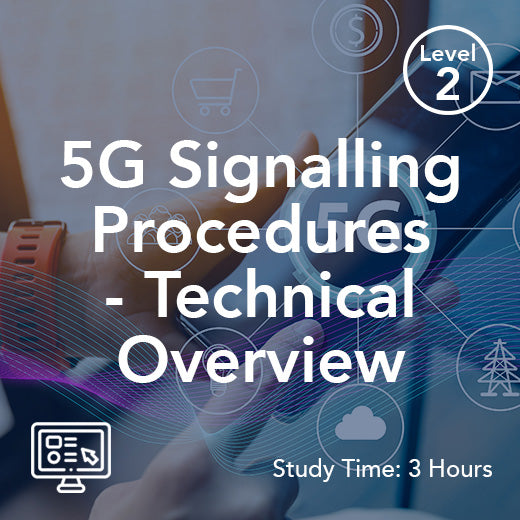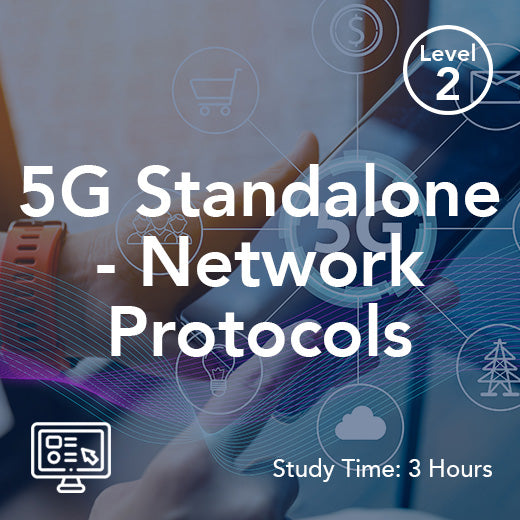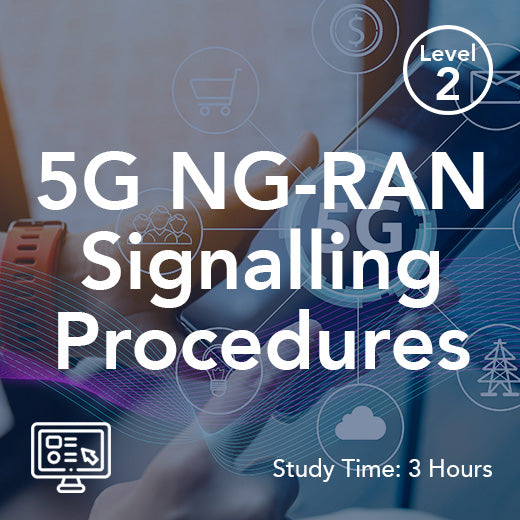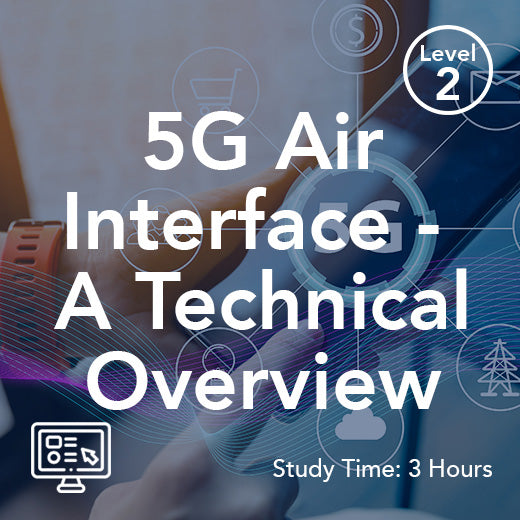Understanding APN: A Comprehensive Guide to Definitions and Uses
- , by Stephanie Burrell
- 13 min reading time
In the realm of mobile telecommunications, the term Access Point Name, or APN for short, frequently surfaces, yet its significance often remains elusive to many. An APN or virtual private network that serves as a crucial gateway, bridging mobile networks with the internet, thus enabling devices to access online services. Understanding the definition of APN and its various uses is fundamental for anyone seeking to optimise their mobile internet experience. In this guide, we will demystify the concept of APN, providing clear and practical insights into its functions and applications. Join us as we delve into the essentials of APN and explore how it impacts your daily mobile connectivity.
What is an APN?
Definition of APN
The term Access Point Name (APN) refers to the settings on a mobile device that determine how it connects to a network's internet services. It acts as a bridge between connecting your mobile network provider and the public internet, ensuring data packets are routed correctly. Essentially, the APN defines the network path for all cellular data connectivity, specifying factors like IP address allocation and security settings. For users, understanding this definition of APN is crucial, as it influences data speed and connectivity reliability. Each mobile network provider has its unique APN settings, which need to be configured on a device to access their services effectively. Without the proper APN settings, a device may struggle to connect to the internet or may not connect at all. Therefore, correctly configuring the APN is vital for seamless mobile internet access.
Basic Functions of APN
An APN's primary function is to facilitate connectivity between a mobile device and the internet. It determines how a device communicates with the network, affecting the data services available. Specifically, the APN sets the parameters for how the network assigns an IP address to the device, which is crucial for establishing an internet connection. Additionally, the APN configures the necessary security settings frequently the public internet, which can include authentication protocols, ensuring that data transmitted is secure. Another critical function is to define the type of connection, such as whether the device can access a public or private network. This configuration affects the quality and speed of the internet service experienced by the user. Understanding these basic functions of an APN helps users appreciate its role in maintaining efficient and secure mobile data services, highlighting its importance in everyday mobile communication.
Importance of APN
APN settings hold significant importance as they directly influence your device's ability to connect to the internet and utilise data services. Without the proper APN configuration, a device may experience connectivity issues, such as an inability to access data networks or using incorrect services, leading to unexpected charges. Moreover, APNs are crucial for determining the quality of the internet connection, affecting both speed and reliability. For individuals and businesses alike, having the correct APN settings ensures that communication remains uninterrupted, which is vital in today’s digital world where constant connectivity is often necessary. Additionally, APNs play a vital role in maintaining security during data transmission, safeguarding sensitive information. Therefore, understanding and correctly setting up the APN is essential for maximising the functionality and security of mobile devices, especially for those who frequently use their devices for internet access.
How APN Works
APN Structure Explained
The structure of an APN is composed of several key components that define how devices connect to a mobile network. At its core, the APN consists of a network identifier and an operator identifier. The network identifier specifies the external network to which the device should connect, essentially guiding the device on which internet services to access. Meanwhile, the operator identifier details the mobile network provider, ensuring that the device connects to the correct carrier-specific services. This structure may also include optional parameters, such as the type of service (e.g., internet, MMS) and the authentication type, which further define the connection specifics. Understanding this structure is critical for troubleshooting and configuring the settings correctly, as it dictates how a device interfaces with the cellular network. Properly structured APN settings ensure seamless data transmission, enhance connectivity quality, and maintain the security of data exchanges, proving essential for optimising mobile internet use.
Role of APN in Connectivity
The APN plays a pivotal role in ensuring effective connectivity between your mobile device and the internet. It acts as a mediator that manages the interface and computer network through which all data transmission occurs. When you access the internet using your mobile device, the APN determines the network path and governs the flow of data. It ensures that data requests are sent and received correctly, maintaining the integrity and speed of the connection. Furthermore, the APN is responsible for assigning an IP address to the device, which is essential for establishing any online connection. This role is crucial in ensuring that the device is identified uniquely within the network, facilitating seamless data exchanges. By managing these technical aspects, the APN ensures that users experience consistent and reliable internet connectivity. Thus, understanding this role underscores the necessity of having the correct APN settings to optimise mobile internet performance.
Common APN Configurations
APN configurations can vary widely depending on the mobile network provider and the services you intend to use. However, some common configurations are universally applicable across many networks. Typically, an APN configuration includes the APN name, which is often a simple text string that represents the network to connect to, and the username and password required for authentication. Other common fields include the MMSC (Multimedia Messaging Service Centre), Proxy settings, and MCC (Mobile Country Code) and MNC (Mobile Network Code), which aid in further identifying the network. Additionally, users often need to specify the APN type, such as default, MMS, or wap, to define the type of data connection. These configurations ensure the device can communicate effectively with the network, providing access to necessary services. Understanding and correctly setting these APN configurations is crucial for maintaining a stable and secure mobile internet connection, preventing connectivity issues and ensuring optimal performance.
Setting Up Your APN
Manual APN Configuration
Manual APN configuration involves manually entering the necessary settings on your mobile device to ensure proper connectivity. To begin, access the settings menu on your device and navigate to the 'Mobile Networks' or 'Cellular Networks' section. From there, select 'Access Point Names.' Here, you can either edit an existing APN or create a new one by entering the required details, such as the APN name, username, and password provided by your mobile network operator. Additionally, you may need to input other settings like MMSC, Proxy, MCC, and MNC, depending on your provider's specifications. Once all fields are correctly filled, save the configuration and select the new APN as the active one. Proper manual configuration ensures that your device efficiently connects to the internet and other data services, eliminating issues related to incorrect settings and enhancing overall connectivity performance.
Troubleshooting APN Issues
When encountering connectivity problems, APN settings are often the culprit. To troubleshoot APN issues, start by verifying that all configuration details are entered correctly. Mistakes in fields such as the APN name, username, or MMSC can disrupt connectivity. Next, to customize network settings to ensure that your device is on the correct network mode (e.g., 4G or 3G) for your location and service plan. If issues persist, try resetting your APN settings to the default provided by your mobile network operator. This can often resolve conflicts between manual and automatic configurations. Additionally, restarting your device can help refresh the network connection. If these steps fail, contact your network provider for further assistance, as they might need to update your account settings or provide additional technical support. Regularly updating your device's software can also prevent compatibility issues with network services, ensuring smooth and reliable connectivity.
Tips for Optimal APN Settings
To ensure your APN settings are optimised for the best possible connectivity, there are several tips to keep in mind. Firstly, always use the APN details provided by your mobile network operator, as these are tailored to ensure compatibility with their specific services. Avoid using generic settings found online, as they may not work correctly with your provider packet data network. Secondly, update your APN settings whenever you change SIM cards, travel abroad, or switch network providers, as these scenarios often require different configurations. Additionally, ensure your device's software is current, as updates can improve compatibility with network settings. It’s also useful to regularly check for any provider-specific updates or changes to APN settings. Lastly, keep a backup of your current APN settings before making changes, so you can easily revert if needed. By following these tips, you can maintain a stable and efficient connection, enhancing your mobile internet experience.
APN in Different Contexts
APN in Mobile Networks
In mobile networks, the APN is a crucial component that determines how devices connect to the internet and other data services. It serves as the gateway that enables mobile devices to access external networks, ensuring proper data routing and communication. Within this context, APNs are configured to meet the specific requirements of different mobile operators, each of which may have distinct network settings and services. This setup impacts how data is processed, influencing factors such as speed, security, and connectivity reliability. Furthermore, APNs play a vital role in managing network resources efficiently, helping operators balance loads and optimise performance. Understanding the role of APN in mobile networks is essential for users who rely on mobile data for everyday activities, as it affects their ability to access services seamlessly. Proper configuration and maintenance of APN settings ensure that users can fully utilise the capabilities of their mobile networks without interruption.
APN in IoT Applications
In the realm of Internet of Things (IoT) applications, APNs are fundamental for enabling devices to communicate over mobile networks. IoT devices, such as smart sensors, connected vehicles, and industrial equipment, rely on APN settings to access the internet and exchange data. These settings ensure that IoT devices can securely and reliably connect to the network, allowing for real-time data transmission and even remote access and monitoring. Given the diversity and scale of IoT deployments, having a dedicated APN for IoT can help manage network traffic more efficiently, providing a stable connection tailored to the specific needs of these devices. Additionally, specialised APNs for IoT can offer enhanced security features, such as private IP addressing and VPN support, to safeguard sensitive data. Understanding the importance of APN in IoT applications is crucial for businesses and developers, as it ensures the seamless operation and integration of IoT devices within larger network ecosystems.
APN in Enterprise Solutions
In enterprise solutions, APNs play a critical role in managing mobile data connectivity for business applications. Companies often utilise specialised APNs to create secure, private networks that enhance data security and performance for their mobile workforce. These dedicated APNs can be configured to prioritise business-critical applications, ensuring reliable network access and optimal performance. Additionally, enterprise APNs can facilitate the management of large-scale deployments of corporate devices, providing a centralised way to monitor and control connectivity settings. This is particularly beneficial for industries where secure data transmission is paramount, such as finance, healthcare, and logistics. By using enterprise-specific APNs, businesses can also implement stricter security protocols, such as VPNs and private IP addressing, to protect sensitive information. Understanding the role of APN in enterprise solutions helps organisations optimise their mobile data usage, improve operational efficiency, and maintain robust security standards, ensuring seamless and secure connectivity for all business operations.
Future of APN Technology
Innovations in APN
The future of APN technology promises several innovations aimed at enhancing connectivity, security, and efficiency. One significant development is the integration of APNs with advanced networking technologies like 5G. This integration allows for faster data speeds, lower latency, and improved network reliability, catering to the growing demand for high-performance mobile internet. Another innovation is the use of software-defined networking (SDN) and network function virtualisation (NFV) in APN configurations. These technologies enable more flexible and dynamic network management, allowing for real-time adjustments to APN settings based on current network conditions and user requirements. Additionally, advancements in IoT are driving the need for more specialised APNs that can handle the unique demands of connected devices, ensuring secure and efficient data transmission. As these innovations continue to evolve, they will significantly impact how APNs are utilised, offering enhanced capabilities that meet the needs of an increasingly connected world.
Security Considerations
As APN technology continues to advance, security remains a paramount concern. Modern APNs must incorporate robust security measures to protect against increasingly sophisticated cyber threats. for example, One critical security consideration is the implementation of end-to-end encryption for data transmitted over mobile networks, ensuring that sensitive information remains confidential and tamper-proof. Additionally, using private APNs can provide an extra layer of security by isolating business-critical data from public networks. Multi-factor authentication and strict access controls should also be integrated into APN configurations to prevent unauthorised access. Regularly updating APN settings and network policies can help mitigate vulnerabilities and adapt to emerging threats. Furthermore, monitoring and logging APN activity can aid in detecting and responding to suspicious behaviour in real-time. By prioritising these security considerations, organisations can safeguard their mobile communications and data, maintaining the integrity and trustworthiness of their network infrastructure in an increasingly connected world.
Evolving APN Standards
As mobile technology progresses, APN standards are continually evolving to meet the demands of modern connectivity. The introduction of 5G networks has necessitated updates to APN configurations to support higher data speeds, lower latency, and improved network efficiency. These new standards aim to optimise the performance of mobile devices, ensuring seamless and reliable connectivity. Additionally, as IoT devices proliferate, APN standards are being adapted to accommodate the unique requirements of these applications, such as enhanced security protocols and efficient data handling. Organisations like the 3rd Generation Partnership Project (3GPP) are at the forefront of developing these evolving standards, providing guidelines that ensure interoperability and consistency across different devices and networks. Keeping abreast of these changes is crucial for network providers and users alike, as it guarantees that APN settings are aligned with the latest technological advancements, maximising the benefits of next-generation mobile networks.

































